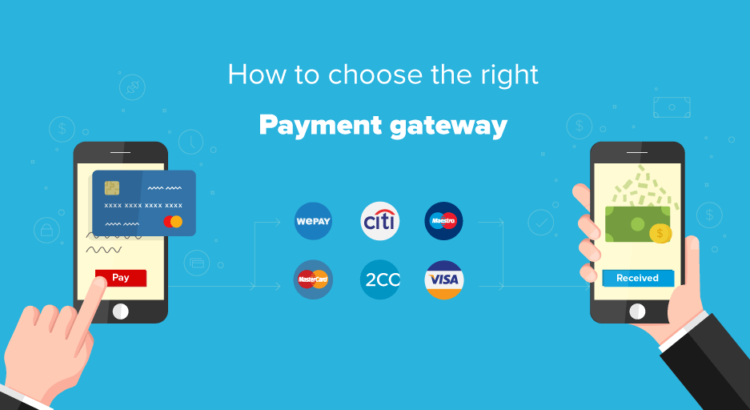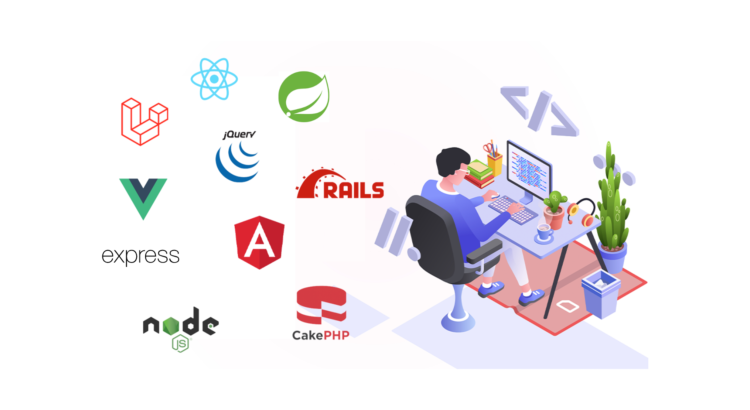Payment gateways are a critical component of any online business. They facilitate the secure transfer of funds between customers and businesses, making e-commerce transactions possible. With the rapid growth of online retail, selecting the right payment gateway has become a pivotal decision for businesses. Here’s a guide on how to find the right payment gateway for your needs.
Payment gateways are like digital cashiers for your online store. They securely process payments, including credit cards, digital wallets, and even cryptocurrency. They play a vital role in providing a smooth and secure shopping experience for your customers.
Factors to Consider:
- Security: Security should be a top priority. Ensure the payment gateway is PCI DSS compliant, which means it meets the security standards set by the Payment Card Industry Data Security Standard.
- Supported Payment Methods: Different customers prefer different payment methods. Make sure the gateway supports credit cards, digital wallets (like PayPal or Apple Pay), and any other payment methods your customers commonly use.
- Fees: Payment gateways charge fees for their services. These can include setup fees, transaction fees, and monthly fees. Compare fee structures to find one that aligns with your business size and expected transaction volume.
- Geographic Reach: If you plan to expand your business internationally, ensure the payment gateway supports transactions in the regions you target.
- Integration: The gateway should seamlessly integrate with your e-commerce platform. Compatibility with popular platforms like Shopify, Woo Commerce, or Magento can save you development time and costs.
- User Experience: The payment process should be smooth and user-friendly. Complicated checkouts can lead to cart abandonment.
- Customer Support: Access to responsive customer support is essential. You’ll want assistance if issues arise during transactions.
Testing and Implementation:
Before making a final decision, test the payment gateway. Most providers offer a sandbox environment where you can simulate transactions. This helps ensure everything runs smoothly and that your integration works seamlessly with your website.
Regulatory Compliance:
Ensure the payment gateway complies with your country’s financial and tax regulations. Different regions have varying requirements for financial transactions, and you must adhere to these to avoid legal issues.
Scaling Up:
Your business might grow, and so will your transaction volume. Ensure the payment gateway can scale with your business. Find out if they offer higher-tier plans or custom solutions for larger enterprises.
Conclusion:
Selecting the right payment gateway is pivotal for the success of your online business. It impacts not only your revenue but also your customers’ experience. By carefully considering factors like security, fees, and user experience, and by testing and ensuring regulatory compliance, you can find the payment gateway that best suits your business needs. So, choose wisely, and empower your online store for success.





